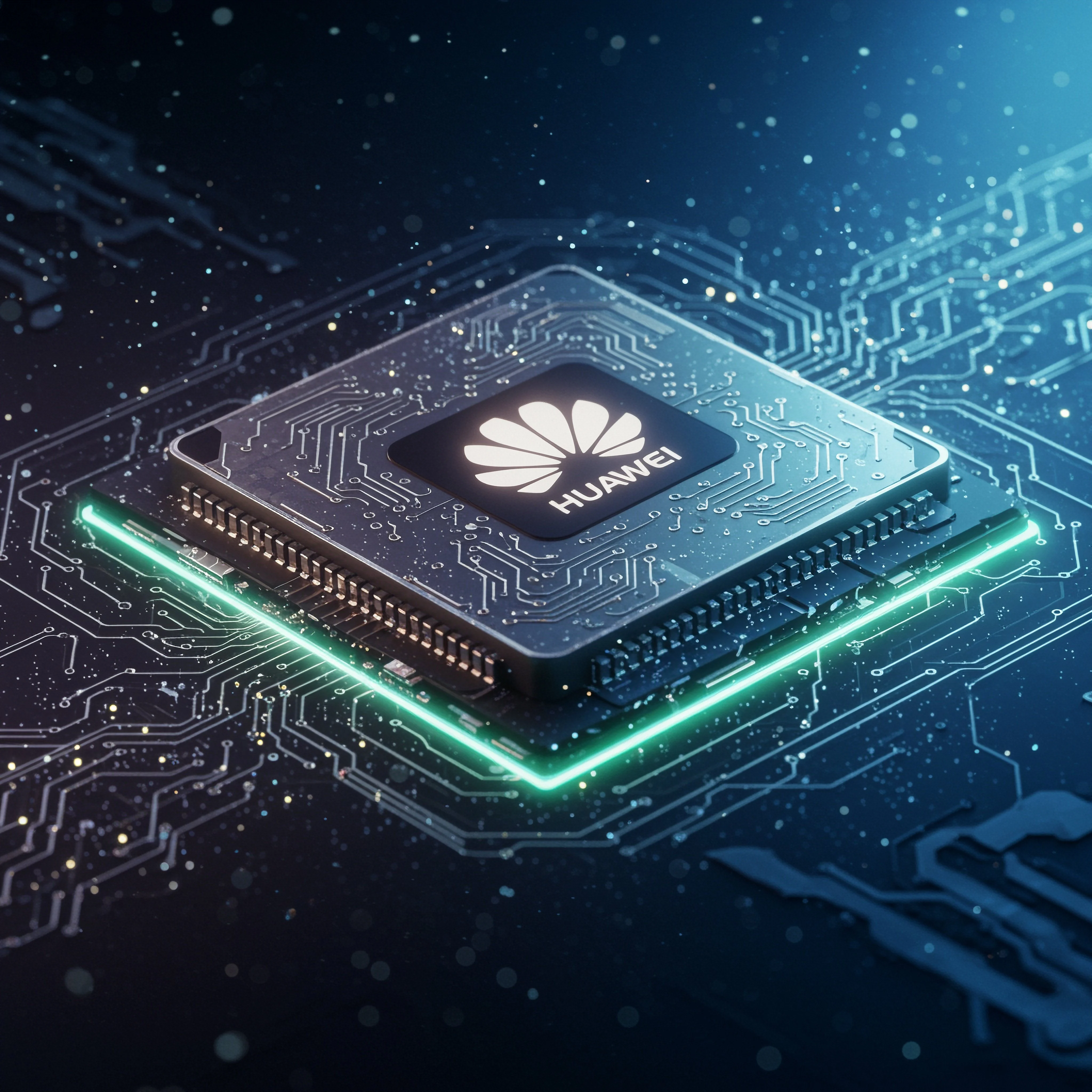By Ann Cao,Wency Chen
Copyright scmp

Huawei Technologies’ recent unveiling of a three-year road map for its Ascend artificial intelligence processors has provided fresh momentum for China’s tech self-sufficiency efforts, according to analysts.
US-sanctioned Huawei’s disclosure “is educating the market about what’s ahead”, while signalling that the Shenzhen-based company “can match Nvidia’s multi-year road map”, said Kevin Xu, founder of US-based investment firm Interconnected Capital.
Huawei deputy chairman Eric Xu Zhijun, who serves as the privately held company’s rotating chairman from April to September, unveiled the plans to launch upgraded Ascend AI chips over the next three years at Thursday’s opening in Shanghai of the Huawei Connect 2025 conference, which concludes on Saturday.
The Ascend 950PR, designed for prefill and recommendation, will be available in the first quarter of 2026, while the Ascend 950DT, tailored for decoding and training, will launch in the fourth quarter of next year. Prefill is a fundamental step in AI model inference that ensures all input tokens are efficiently processed.
The Ascend 960 and 970 processors are expected to be released in the fourth quarter of 2027 and 2028, respectively.
The unveiling of Huawei’s AI chip road map reflected the company’s increased confidence in designing products that are competitive with those from US suppliers Nvidia and Advanced Micro Devices, following years of holding its semiconductor development plans close to its chest since it was added to Washington’s trade blacklist in 2019.
The Ascend road map showed how “China’s gap with the US in AI and semiconductors is narrowing, and in some indicators even surpassing it”, said Zhang Yi, CEO and principal analyst at iiMedia Research.
Zhang attributed that progress to China’s “whole nation” approach to chip self-sufficiency, a deep talent pool, financial resources and a vast domestic market.
Huawei in July joined the Model-Chips Ecosystem Innovation Alliance with other Chinese semiconductor and AI companies, as part of efforts to push for greater adoption of locally developed processors in AI projects.
At the Shanghai event, Huawei said its Ascend 950-series AI chips would support low-precision data formats while delivering 1 petaflop – a measure of computing speed equal to 1 quadrillion operations per second – at FP8, an 8-bit floating-point format used to accelerate AI training and inference by using less memory and bandwidth. At FP4, it can deliver 2 petaflops.
The Ascend 950 chip is also expected to feature stronger vector processing, with interconnect bandwidth reaching 2 terabytes per second, according to Huawei. The 950DT model, meanwhile, will have 144 gigabytes of memory and 4TB per second of memory access bandwidth. Huawei said it adopted proprietary high-bandwidth memory for the series.
Memory capacity relates to the maximum amount of information that a chip can store, while memory bandwidth relates to data processing. Interconnect bandwidth measures the rate at which data can be exchanged between processors, accelerators or nodes in a network.
Nvidia’s latest Blackwell-platform B200 chip, by comparison, delivers up to 20 petaflops at FP4. The firm’s China-tailored H20 can deliver 296 teraflops at FP8 on a single unit, according to research and media reports.
“Big questions still remain on whether China’s domestic chipmaking capabilities can produce Huawei’s new chips at a high enough yield and volume,” Interconnected Capital’s Xu said.
While Huawei continues to work with Semiconductor International Manufacturing Corp, the mainland’s biggest contract chipmaker, to improve yields and research new process nodes, the company’s operation of fabrication facilities would indicate increased production capabilities, according to a report this month by research firm SemiAnalysis. It forecast China’s AI chip production capacity would continue to rise.
Huawei has been building a “vertically integrated and capable network of tools, fabs and design that allows it to express a full stack vision of hardware”, the report said. It said HiSilicon remained Huawei’s chip design arm; SiCarrier develops wafer fabrication equipment; and small foundries such as Pengxinwei, PST and SwaySure handle manufacturing.
Still, Huawei’s new AI processors continued to lag “one to two generations” behind imported graphics processing units, according to Charlie Zheng, chief economist at Chinese firm Samoyed Cloud Technology Group. That gap would require using methods like stacking chips, which also presents challenges in terms of power consumption, cabling and reliability, Zheng said.



